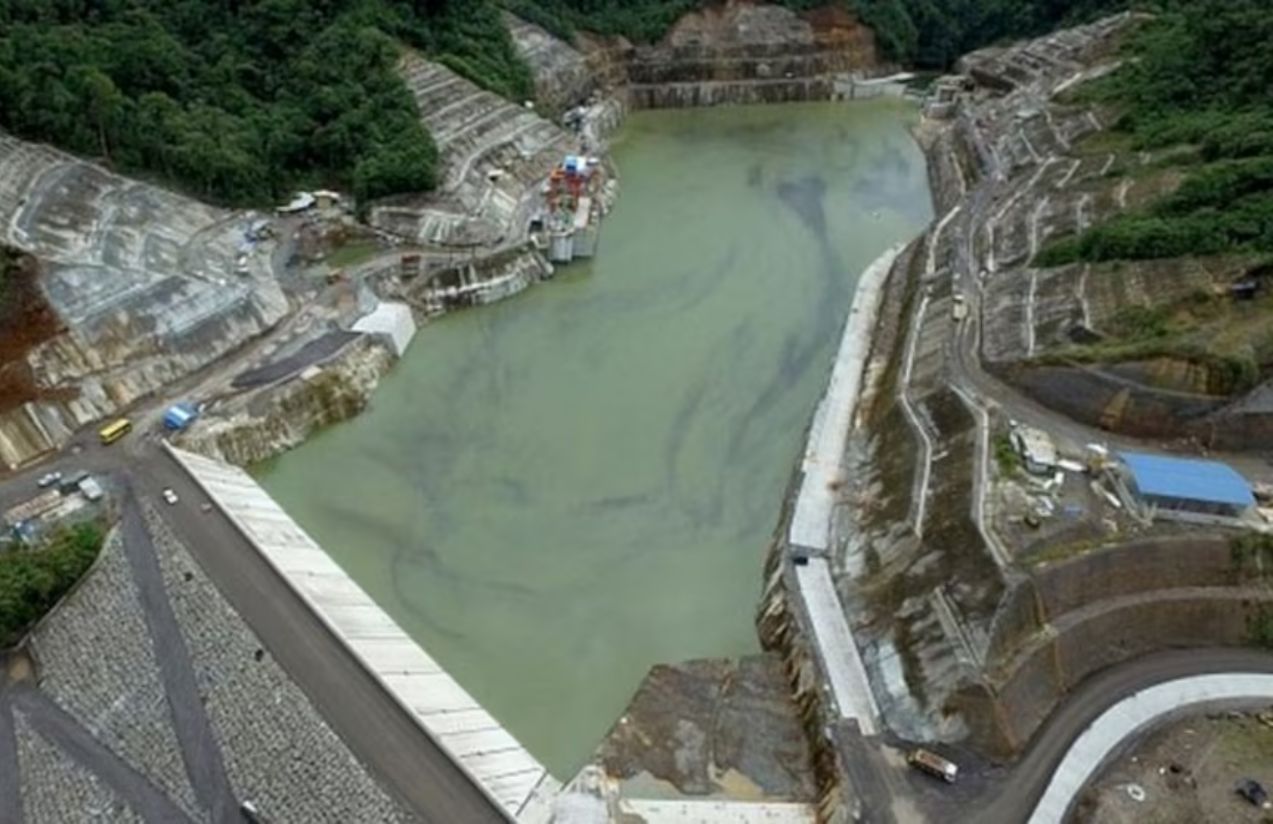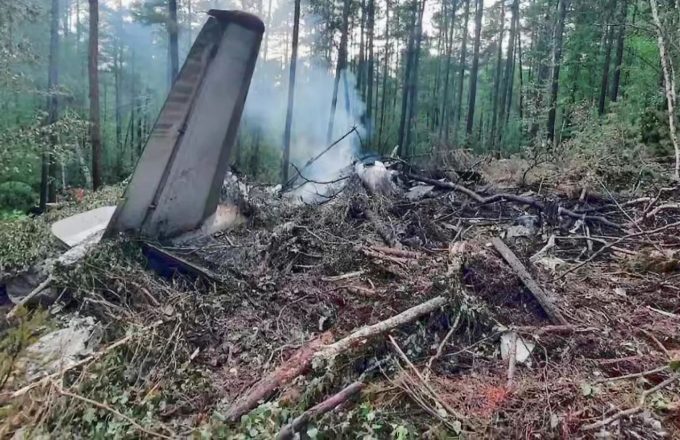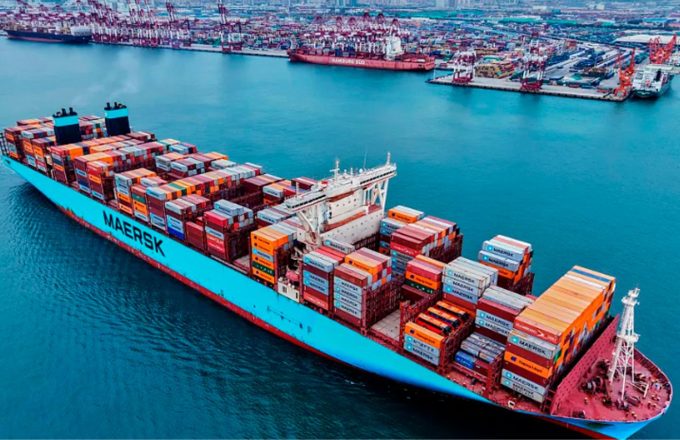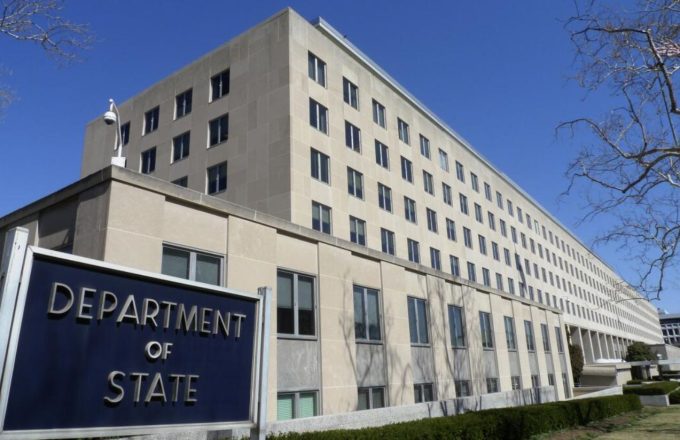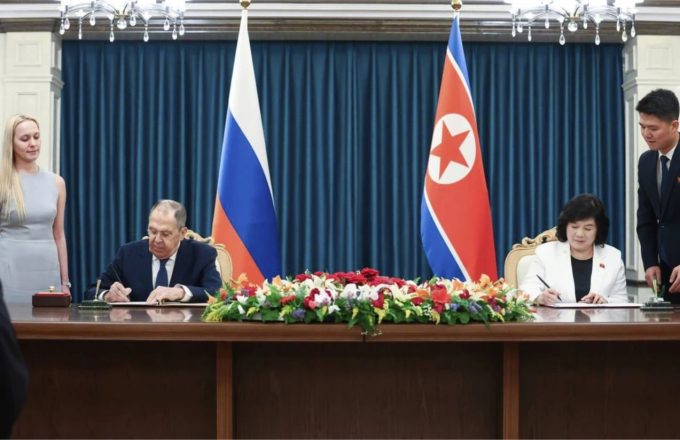Power China, the Chinese state-owned company behind the construction of the Coca Codo Sinclair hydroelectric plant, will compensate the Ecuadorian government with $400 million due to multiple structural failures detected in the facility, including thousands of cracks in the turbine distributors. The announcement was made by Ecuador’s Minister of Economy and Finance, Sariha Moya, during an interview with Radio Centro.
Moya explained that the agreement is part of a series of outcomes achieved through negotiations between the Ecuadorian government and China. “From the Ministry of Economy and Finance, we made it clear that the issues with Coca Codo not only caused losses for the company but also resulted in significant revenue losses for the State. It wasn’t just about demanding a warranty; it was about recovering public income through direct compensation,” she stated.
The agreement comes after years of controversy surrounding the country’s largest hydroelectric plant, built by Sinohydro, a subsidiary of Power China. Located between the provinces of Napo and Sucumbíos, the plant was inaugurated in 2016 under the government of Rafael Correa, with an estimated cost of nearly $3 billion. Technical problems had already been reported even before its official launch.
A key document in the case was a letter dated June 2021 from Harbin Electric Machinery Company Limited — a component supplier for the project — acknowledging the presence of cracks in several turbine distributors. The attached photographs confirmed visible fissures in at least three of the eight generation units. According to technical reports from CELEC EP, Ecuador’s state-owned electricity company, these damages compromised the plant’s safety and efficiency.
The cracks were identified during inspections at both the workshop and on-site. In some instances, repairs proved insufficient, with active water leaks later detected in equipment — particularly in unit 8 — even after corrective interventions. These issues were documented through photos and videos submitted by the Coca Codo Sinclair Project Submanagement.
A 2022 investigation by Infobae revealed that Sinohydro concealed information about the structural failures for several years. The outlet obtained internal documents showing the company was aware of the defects but still proceeded with the plant’s delivery. CELEC EP initiated technical proceedings to hold the builder accountable, but arbitration efforts had failed to move forward until now.
The construction contract was signed in October 2009. While the plant has an installed capacity of 1,500 megawatts, it has never operated at full capacity. Its two phases were provisionally received between August and December 2016. Since its inception, the project has faced multiple technical irregularities, including at least 8,000 cracks in the turbine distributors — believed to have originated during the manufacturing process — as revealed in CELEC EP’s internal documents and confirmed by later inspections.
Although initial repairs were carried out between 2015 and 2016, a 2018 inspection found that many of the cracks persisted. CELEC EP acknowledged in official communications that Sinohydro initially concealed the defects. As a result, Ecuador filed an international arbitration claim in 2021 seeking $580 million. In 2024, the construction firm countered with its own claims, alleging breaches of contract by the Ecuadorian government.
Beyond the structural issues, Coca Codo Sinclair has also contributed to the regressive erosion of the Coca River by trapping sediment in its reservoir, which in turn has intensified downstream water flow. This phenomenon worsened after the collapse of the San Rafael waterfall in 2020, triggering a rapid retreat of the riverbed that has destroyed forests, roads, and oil infrastructure. By 2025, the erosion front had advanced to less than five kilometers from the plant’s intake structures.
Despite containment efforts, the erosion continues to pose a severe threat. Experts warn that the plant’s useful life could shrink drastically — from the planned 50 years to just 15 — endangering not only the facility’s future operations but also the delicate Amazonian ecosystem.


